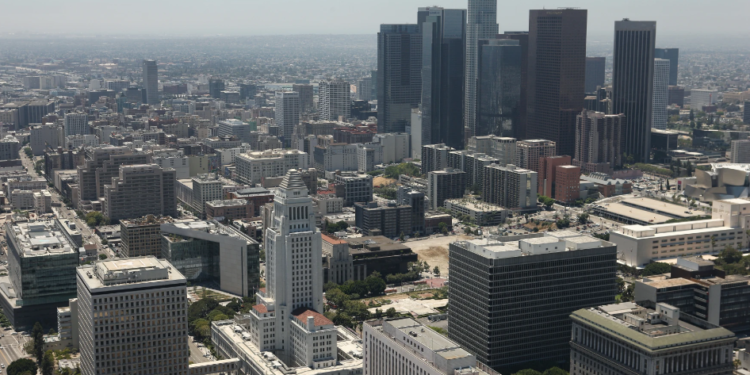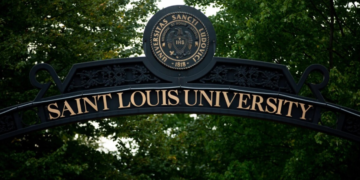Aug 28, 2024 Story by: Editor
Los Angeles has unveiled a long-awaited report detailing the experiences of Black residents in the city. Titled “An Examination of African-American Experiences in Los Angeles,” the report was released by the Civil, Human Rights and Equity Department and the city’s Reparations Advisory Commission. It offers six pages of policy recommendations and highlights the effects of police brutality, healthcare disparities, school segregation, and housing instability on the Black community over the last century.
Similar reports have already been published in California, San Francisco, and Oakland. In response to this report, Councilmember Curren Price emphasized the significance of reparations, stating, “Although we’ve made progress our ancestors could only dream of, much work remains to change hearts and minds, and Los Angeles will continue to be a leader in these long overdue efforts.”
How the Study Was Conducted
A research team from California State University, Northridge conducted a six-month study, gathering data from 618 Black residents of Los Angeles, ranging in age from 18 to 97. A significant portion of responses came from Council District 8, represented by Marqueece Harris-Dawson, while around 20% came from District 10, represented by Heather Hutt.
The study examined various forms of harm, including slavery’s legacy, an unjust legal system, political disenfranchisement, and the racial wealth gap.
Key Findings
Nearly two-thirds of the Black Angelenos surveyed said they or their families experienced police harassment between 1865 and 1968. More reported being over-policed in the years following the Civil Rights Movement, up to the Black Lives Matter Movement in 2013.
During the 1950s and 1960s, Black families were restricted from buying homes in many areas of the city and were confined to South L.A. and parts of the San Fernando Valley. These areas were deemed “undesirable” due to surrounding industrial hazards such as air pollution, toxic chemicals, and contaminated water.
The report stated, “The erosion of physical health, increased number of deaths, and diminished growth of home equity due to forced residency near industrial pollutants resulted in an enormous cost of systemic racism in Los Angeles over many decades.”
Lead exposure in children was identified as a significant issue, with Black neighborhoods being disproportionately affected compared to the rest of Los Angeles.
A separate 2016 report revealed that more than two-thirds of white households own homes, while only around 40% of Black households are homeowners. This disparity is directly linked to the history of housing segregation in the city.
In terms of the legal system, Black residents made up over a quarter of all arrests from 2020 to 2023, despite representing only 8% of the population. Comparatively, white residents made up 16% of arrests, while accounting for 29% of the population. Additionally, Black Angelenos were charged at 17 times the rate of white individuals under California’s “Three Strikes and You’re Out” law.
Recommendations
The report concludes with 60 recommendations, including the formation of a dedicated task force to track and report on reparations initiatives in Los Angeles. The creation of a public website is also proposed to keep residents informed and hold the city accountable.
In an effort to close the racial wealth gap, the report suggests measures such as financial compensation or an income tax reduction for Black Angelenos.
However, the study acknowledges some limitations, such as restricted access to data. It recommends a more thorough understanding of how past and current city policies have impacted Black residents.
Next Steps
The full report is expected to be released by late fall, at which point it will be presented to the City Council for consideration. Source: LAist
















